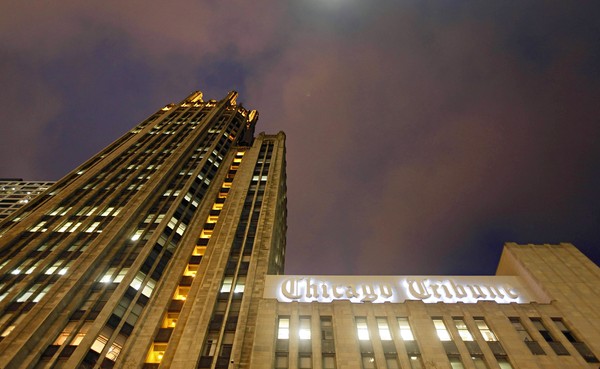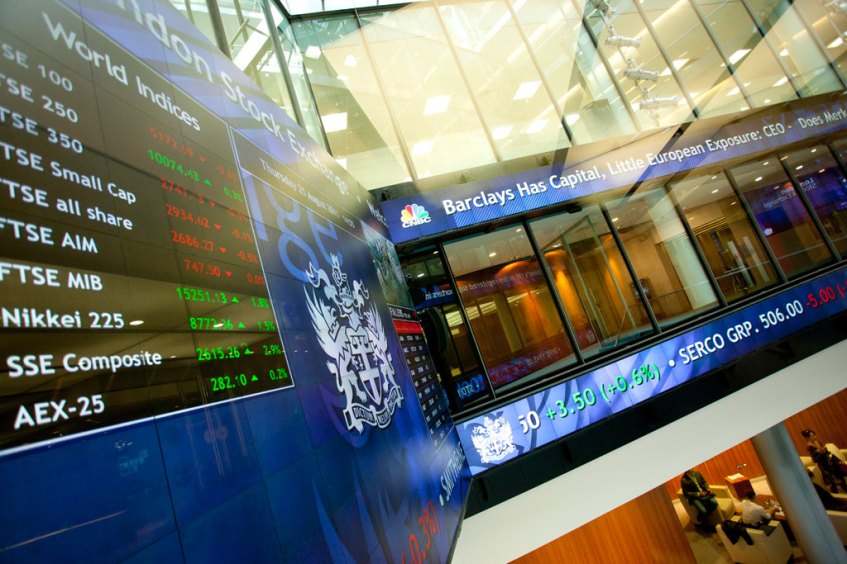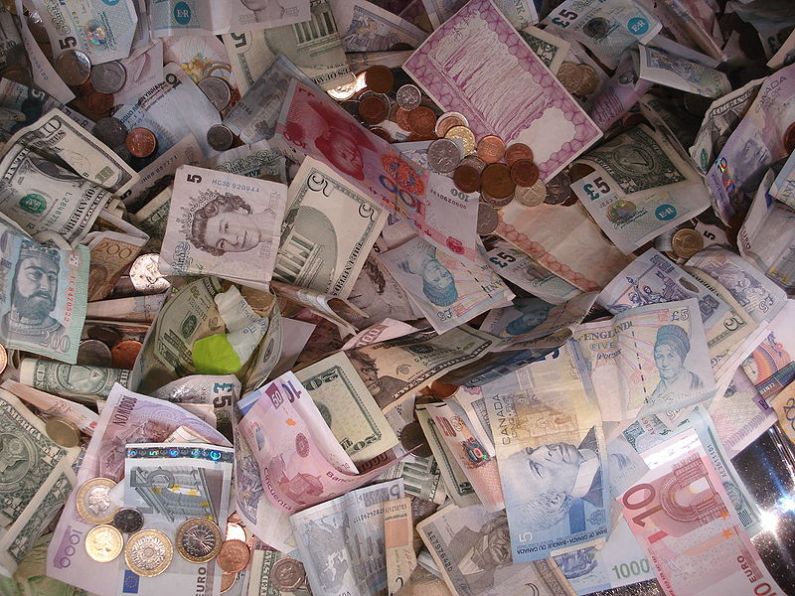
Bulldog Billionaire_Port
Tucked into corners of Monaco’s plush Meridien hotel and on lonely tables in sun-kissed bars overlooking the Mediterranean, anxious hedge fund managers contemplate the next six months that could make or break their careers.
Behind the glitz of the annual hedge fund shindig, the 500 or so financiers who made the trip privately confess their struggle to find winning strategies given unpredictable markets, fretting clients will lose faith and snatch back their money.
Successful money-making ideas are in short supply and as many as one-fifth of last year’s delegates opted to stay at home, eschewing visits to the world-famous Monte Carlo casino for more hours in front of a computer screen, hunting for the trade that brings them back into the black.
“It is not the time when you can just say to someone, ‘come to Monaco for four days,’ when there are so many issues to deal with back home,” said Roberto Giuffrida, head of global business development at Permal, one of the world’s largest fund of hedge funds.
One delegate at the Global Alternatives Investment Management meeting said it was the smallest attendance she had seen in 10 years at the conference, Europe’s main venue for executives to tout their expertise, press the flesh and make contacts.
But as pressure mounts, presenting an image of control and confidence has never been more important for an industry whose raison d’être is a supposed ability to deliver strong returns regardless of broader market conditions.
Many managers refused to give up the trappings of yesteryear’s success, enjoying Louis Constant champagne at €140 ($180) a pop and hosting lavish client dinners—as many as three per night. Attendees’ sported designer handbags from the likes of Karl Lagerfeld and Celine and many forked out €260 a night to stay at the luxury Fairmont hotel, on the famous hairpin bend in the Monte Carlo Grand Prix course.
But this year’s conference had a different tone from usual, with British historian Niall Ferguson making bold predictions including another major war, potentially in the Middle East.
GLG’s Jamil Baz reckoned the current financial crisis had “not even started.”
Relatively Modest
“Off-duty” delegates were more careful with their own money, opting for the relatively modest McCarthy’s Irish pub to watch games in the Euro 2012 soccer tournament, although some could not resist a visit to old haunt the Sass bar, a favorite among jet-setters and where U2 frontman Bono once held his birthday party.
After the second year of losses in four for the sector as a whole, managers are earnestly comparing how bad their situation is against their peers, sometimes straying into gallows humor at just how hard it was to survive current markets.
Far fewer fund administrators bothered to pitch their services to executives in the main hall this year, while bank delegations, who splashed the cash in previous years, cut back or stayed away.
One U.S.-based manager, who arrived midway through the conference to take the pulse of the European hedge fund community, was quickly struck by the mood. “It is so gloomy,” he said, asking not to be named.
With the exception of some big-name funds such as Winton Capital and Brevan Howard, managers almost across the board admitted they were fearful of the future.
“Raising assets is very difficult,” said one manager, speaking on condition of anonymity. “Everyone is tired, everyone is scared.”
‘Not the Time to Party’
Investor resentment about hedge fund losses—on average 5.3 percent last year—against gains in the S&P 500 Index cast a pall over the event.
Managers were forgiven mistakes in 2008 when the Lehman Brothers’ bankruptcy poleaxed global markets, but more recent failures have proved tougher to swallow.
“Hedge funds did let us down, particularly in August and September when equity markets were falling and hedge funds took a tumble,” Ian Prideaux, chief investment officer at Grosvenor Estate, which runs money for the Duke of Westminster’s family, said. “It is an experience they have to learn from. Hedge funds have got a bit to do to restore their reputation.”
Executives, wary that fresh redemptions could cripple smaller managers, are already realizing they have to raise their game. Some at the conference took part in a session where the content and delivery of their sales pitches were marked out of 10 by a panel of experts.
“As an industry … we have to perform this year,” said Anne-Sophie D’Andlau, co-founder of Paris-based hedge fund firm CIAM. “So far, so good—we are in positive territory…. It is not the time to party, it is the time to show we can deliver.”
Hedge funds have gained 2.54 percent on average in the first five months of this year, according to Hedge Fund Research. But stubborn worries over the stability of Italy and Spain are chipping away strong gains in January and February and hedge funds are finding it far tougher to prove their worth.
Unlike some previous crises, when some hedge funds earned a reputation for calling the bottom of the market, most are steering clear of trying to second-guess how policy makers will try to fix the euro-zone crisis.
Managers with conviction are hard to find and even those who believe their bets will eventually pay off have little idea how long they can ride out the storm.
Gavyn Davies, the ex-Goldman Sachs economist and co-founder of Fulcrum Asset Management, told an audience: “The worry I have is we won’t be in the market in the quarter (where we would have got) … 25 percent from our strategic positions.”
Thanks
Bulldog Billionaire







You must be logged in to post a comment.